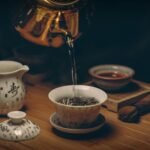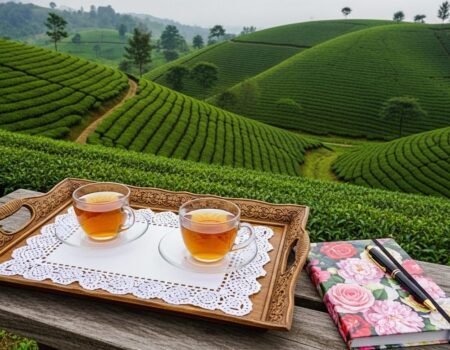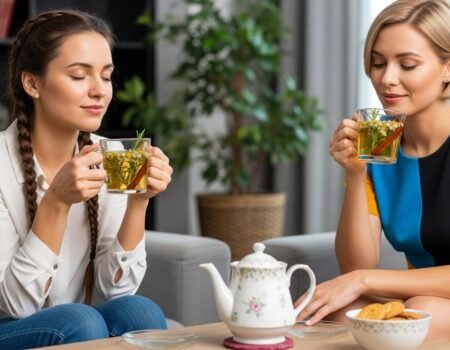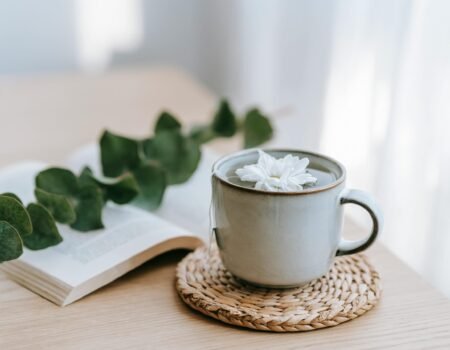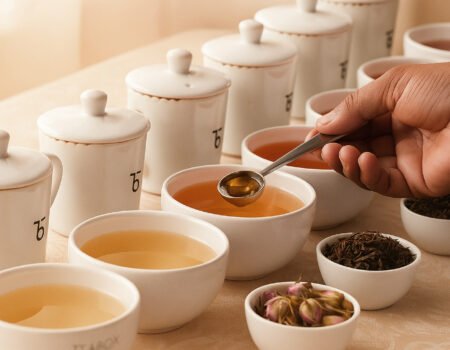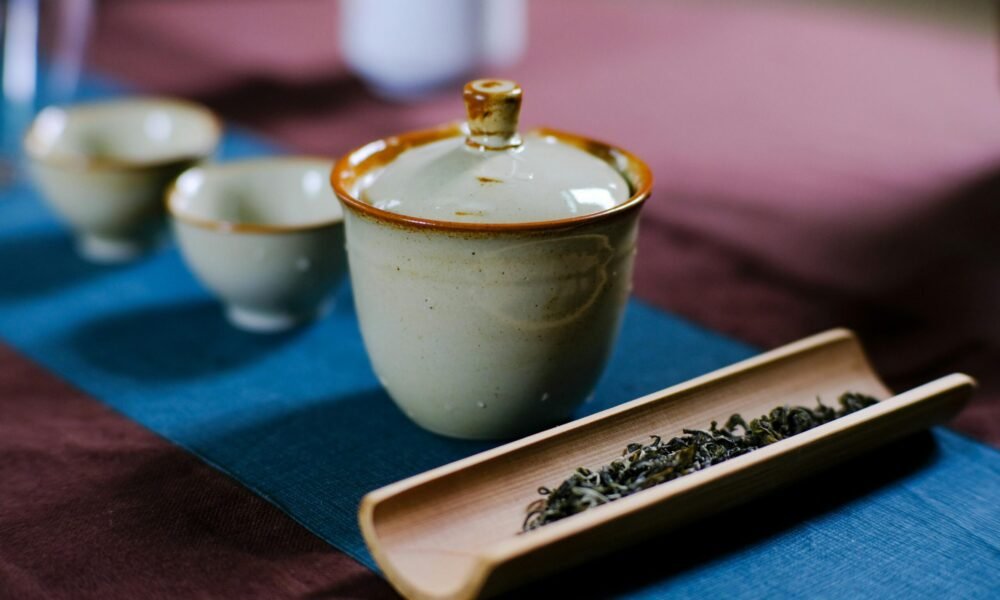
A Complete Guide to Tea Grading and Tasting
Index
Index
Have you ever wondered what “TGFOP” on a tin of tea really means? It’s part of a complex tea grading system where professional tasting is the key to determining quality.
This process helps experts sort leaves by size, appearance, and character to set market prices and guide you to your perfect brew.
Key Takeaways
- Tea grading systems sort leaves by size, appearance, and quality to set market prices and guide brewing methods.
- Whole leaf grades like Orange Pekoe (OP) and TGFOP mark premium teas, while broken grades, fannings, and dust typically end up in tea bags.
- Professional tasters evaluate tea in four key areas: dry leaves, wet leaves, brewed liquor, and specific quality markers like tips and pekoe.
- Tea experts follow ISO 3103 standards using exactly 2 grams of tea per 100 milliliters of water at 212°F/ 100°C for 6 minutes to ensure fair comparisons.
- Different tea types follow unique grading systems – Chinese teas use numerical scales, Japanese teas focus on harvest timing, and black teas emphasize leaf size and bud content.
Understanding Tea Grading Systems
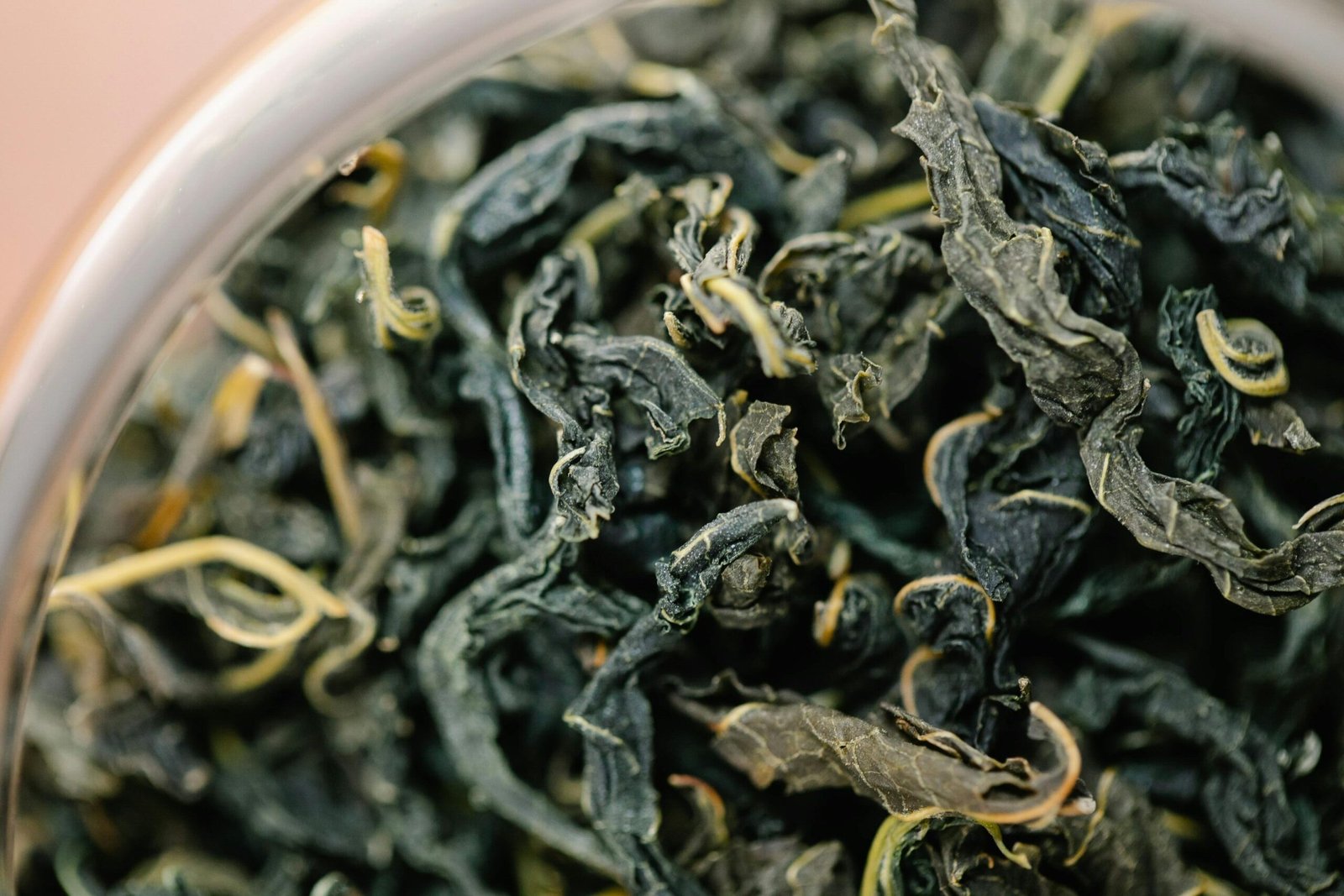
Tea grading systems form the backbone of quality assessment in the tea industry. These systems help buyers, sellers, and tea lovers know what to expect from each type of tea on the market.
General Principles of Tea Leaf Grading
Tea leaf grading follows specific standards based on leaf size, shape, and quality markers. Experts examine physical traits like leaf intactness, tip presence, and color to assign grades that impact both market value and brewing results.
Larger leaves need longer steeping times, while smaller particles infuse faster but may release more tannins. The grading process helps buyers and sellers speak a common language about quality expectations across the tea industry.
Grading systems vary by region and tea type, with black tea having the most structured approach. Orthodox black teas use terms like “Orange Pekoe” and “Flowery” to signal specific leaf qualities, not flavors.
TGFOP (Tippy Golden Flowery Orange Pekoe) indicates a premium tea with golden tips and young buds. These classifications guide consumers toward teas that match their taste preferences and brewing methods, though they don’t guarantee flavor profiles since growing conditions also affect the final cup.
Orthodox Black Tea Grading: Whole Leaf Grades
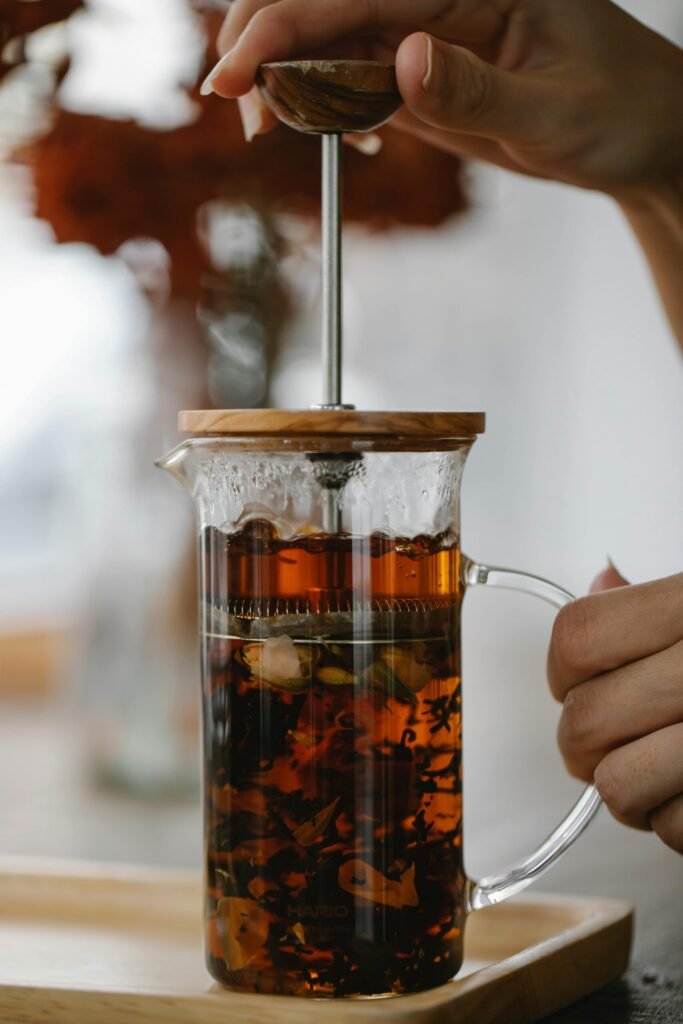
Whole leaf grades mark the top tier in the tea world, featuring intact leaves that deliver superior flavor. Orange Pekoe (OP) serves as the standard benchmark, named after the structure of the Camellia sinensis plant rather than any connection to citrus fruits.
The grading system climbs higher with special designations like SFTGFOP, FTGFOP, and GFOP, which indicate exceptional quality. True whole leaf production demands careful hand-picking and processing, making these teas more costly but worth the price for serious tea fans.
The highest quality whole leaf teas come from the “new flush” – the fresh growth that appears on tea plants during prime harvesting seasons. Expert graders look for specific leaf appearance, size, and the presence of tips (buds) when determining grades.
For example, a TGFOP1 grade shows that the tea contains tippy golden flowery orange pekoe of the first quality. Next, we’ll explore how broken leaf grades differ from these premium whole leaf varieties.
Orthodox Black Tea Grading: Broken Leaf Grades
Broken leaf grades form a major category in black tea classification. These include popular grades like TGBOP (Tippy Golden Broken Orange Pekoe), FBOP (Flowery Broken Orange Pekoe), and BOP (Broken Orange Pekoe).
Tea leaves in these grades have been broken during processing, creating smaller pieces that brew stronger cups with rich color. The term “broken” directly points to the physical state of these tea leaves after they’ve been processed.
Tea bags often contain fannings and dust grades, which release caffeine quickly into your cup. BOP grade offers a good balance of flavor and strength, making it a common choice for daily drinking.
Smaller leaf pieces allow water to extract more compounds faster, resulting in a bolder taste profile.
Orthodox Black Tea Grading: Fannings and Dust
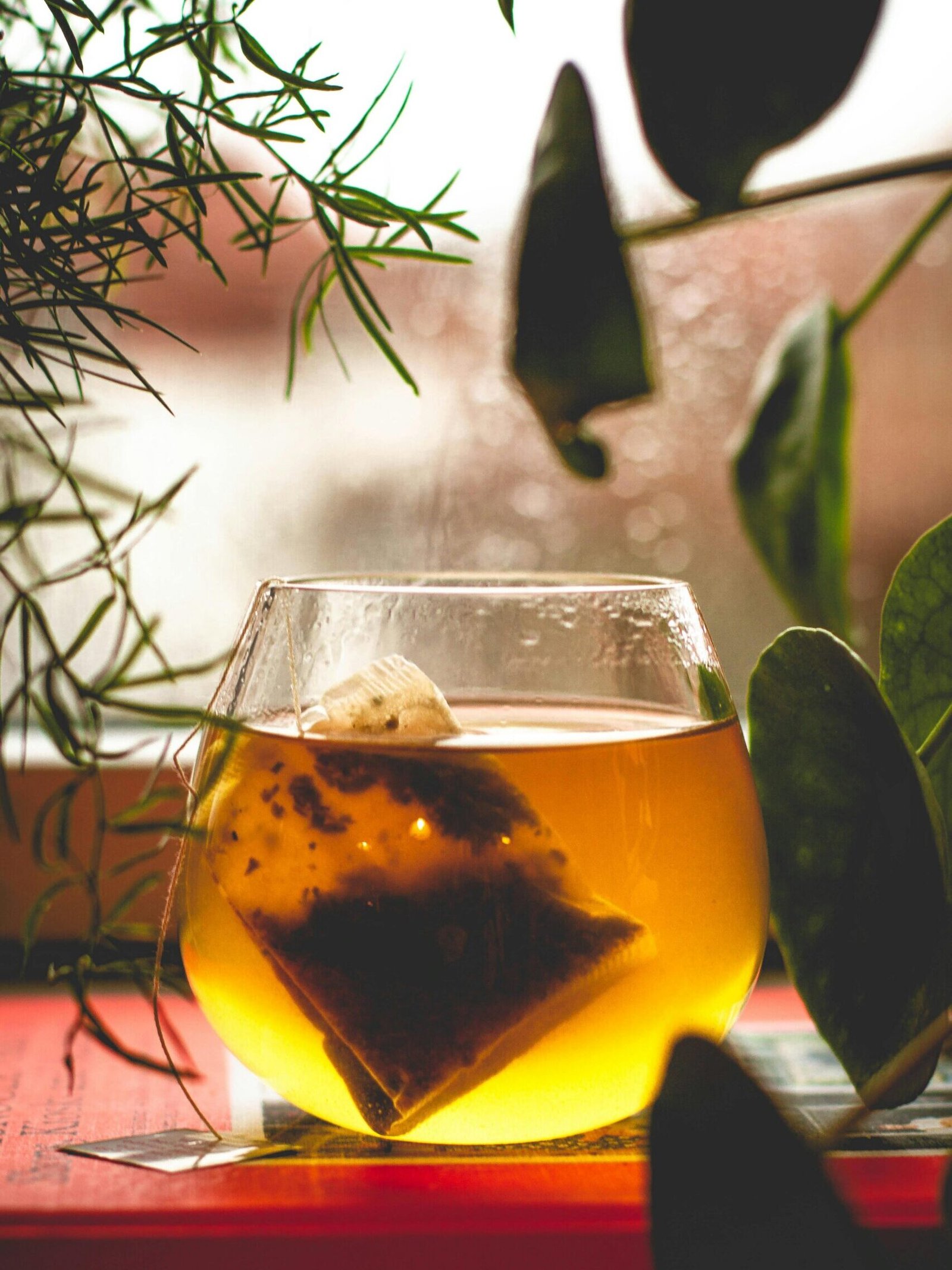
Moving beyond broken leaf grades, we find even smaller tea particles in the orthodox black tea system. Fannings represent small fragmented leaves that often end up in commercial tea bags.
These tiny pieces brew quickly and produce a strong cup, making them popular for mass-market products despite their lower quality ranking.
Tea dust sits at the bottom of the grading hierarchy. This fine powder consists of the smallest tea particles created during processing and sorting. Tea dust brews very quickly and yields a bold, often bitter flavor profile.
Most lower-quality tea bags contain this grade, which lacks the nuance and complexity found in whole leaf teas like SFTGFOP or FTGFOP. Both fannings and dust grades result from the sorting process rather than being deliberately produced for quality.
Professional Tea Tasting: Key Assessment Areas
Professional tea tasting involves four key areas of assessment that experts use to judge tea quality and grade. Read on to learn these skills and start tasting tea like a pro!
Evaluating the Dry Tea Leaves
Dry tea leaves reveal crucial details about quality before brewing begins. Expert tasters check several key factors during this first step of tea assessment.
Here is a more organized look at the key characteristics to examine in dry tea leaves.
Visual Leaf Assessment
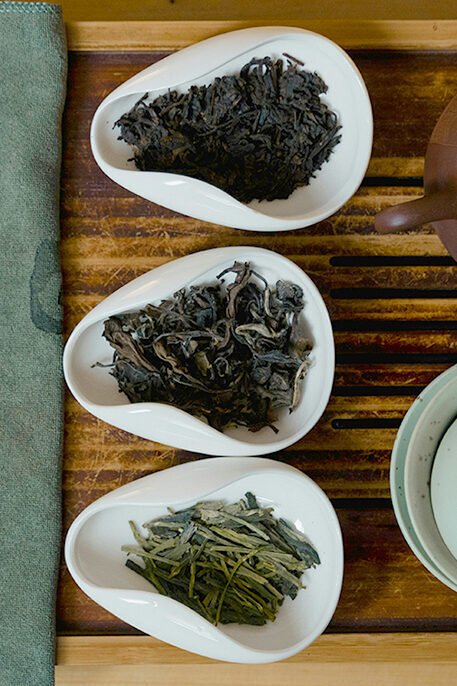
- Shape and Size: Uniformity in leaf shape and size often points to careful sorting and processing.
- Color: An examination of the leaf color helps determine freshness and oxidation levels. For example, black teas should have consistent coloration and lack dull patches.
- Intactness: The wholeness of the leaves reflects the care taken during processing. Whole-leaf teas generally yield more complex flavors than grades with broken pieces.
- Texture: Gently handling the leaves between your fingertips reveals their texture. Quality dry leaves feel crisp without being overly brittle.
Leaf Grade and Purity
- Presence of Tips: The inclusion of leaf buds, or “tips,” is an indicator of higher quality in many teas. Premium grades like Finest Tippy Golden Flowery Orange Pekoe contain silver or golden tips.
- Dust Content: The amount of dust signals the overall grade of an orthodox tea. Top grades feature minimal powder, whereas lower grades contain more particles.
- Stem Content: The quantity of stems varies by tea type. Many high-quality Chinese teas, for instance, contain very few stems.
- Foreign Materials: A visual inspection for any foreign matter confirms that quality control standards have been met. Pure, clean leaf material is essential for a higher grading.
Sensory and Brewing Insights
- Aroma: Assessing the fragrance of the dry leaves provides information about the processing methods. Fresh and clean scents are a positive sign, while musty smells can indicate improper storage.
- Size Sorting: The size of the tea leaves affects steeping time and the strength of the brew. Larger leaves infuse more slowly than smaller fannings.
Analyzing the Infused (Wet) Leaves
After examining dry tea leaves, we turn to the wet leaves for deeper insights. Infused leaves reveal crucial details about tea quality that dry leaves might hide.
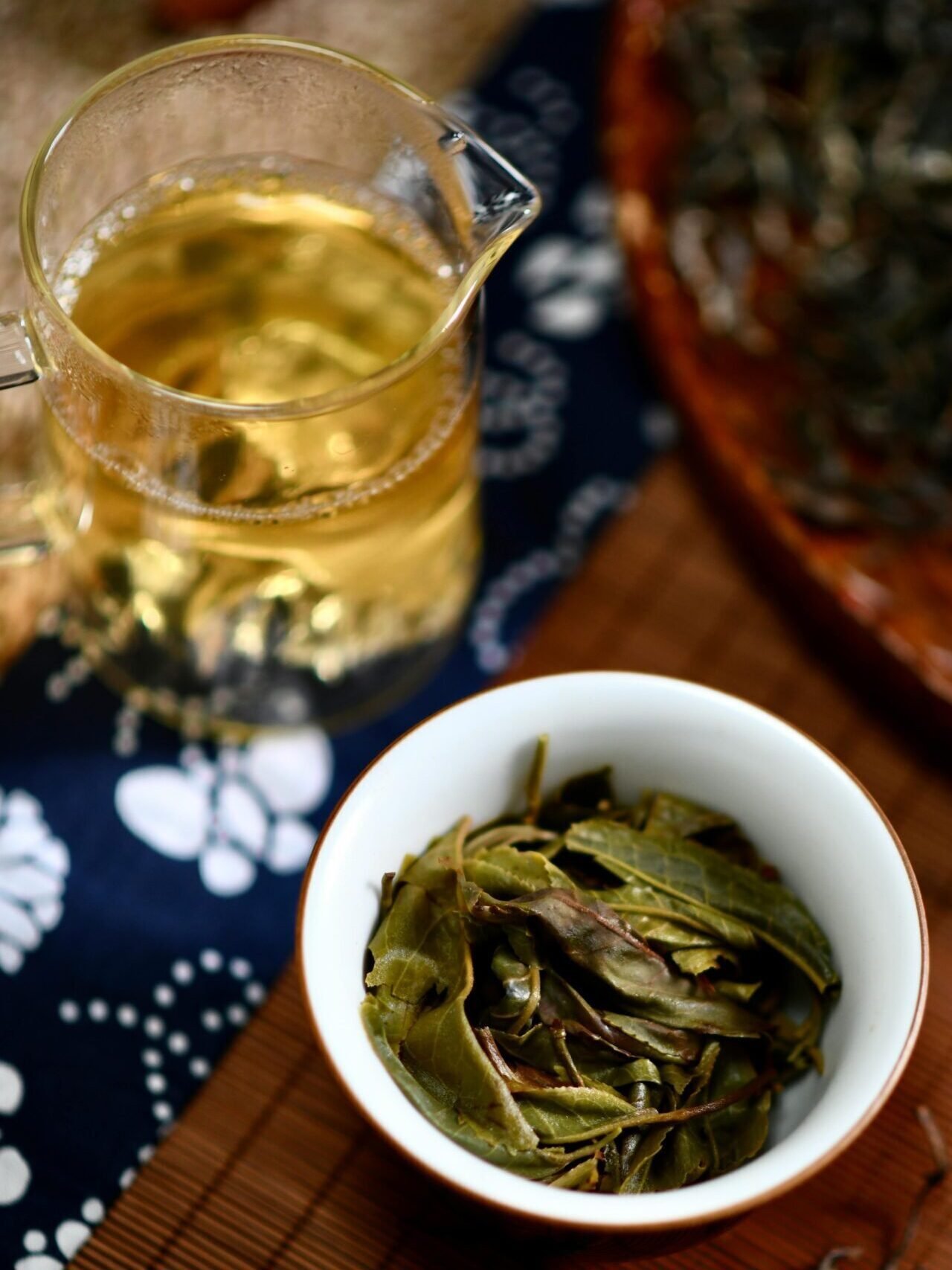
Evaluating Leaf Quality and Condition
- Color and Vibrancy: Wet leaves reveal their true color. High-quality leaves display a fresh, vibrant, and consistent appearance, while those of poor quality often look dull or uneven.
- Aroma: The fragrance of the wet leaves offers a direct window into the tea’s essential character, exposing both its positive traits and any underlying flaws.
- Texture: The feel of the infused leaves helps determine age and freshness. Young leaves are typically soft and pliable, whereas older leaves may feel tough or leathery.
- Visible Defects: Imperfections like insect damage or disease spots, which might be hidden in dry form, stand out clearly on wet leaves.
Clues from Processing and Harvesting
- Leaf Unfurling: The way the leaves open up suggests the care taken during production. Whole leaves that unfurl completely point to proper handling, while clumped or broken leaves can indicate rougher processing.
- Leaf Edges: The condition of the leaf margins provides clues about the harvesting method. Hand-picked teas tend to show less damage along the edges than machine-harvested varieties.
- Oxidation Patterns: Color changes from oxidation are fully visible after infusion. Oolong teas show partial oxidation, while black teas display even, copper-brown hues.
Indicators of Grade and Harvest
- Bud Presence: The ratio of buds to leaves becomes easy to see. For many tea types, a higher number of buds typically indicates a higher grade.
- Stem Thickness: Stems are more pronounced in wet leaves. Thinner stems usually signal a younger, more tender harvest used for premium teas.
- Size Uniformity: Consistent leaf sizing is apparent after brewing and suggests careful sorting and high production standards.
A Note on Professional Inspection
Detailed Examination: Tea professionals often use their fingernails to gently separate the wet leaves. This technique allows for a close and detailed inspection of each leaf’s characteristics.
Assessing the Brewed Liquor (Color, Aroma, Flavor, Mouthfeel)
While wet leaves tell us about the tea’s processing, the brewed liquor reveals its true character. The liquid in your cup holds secrets about quality, origin, and proper brewing that trained tasters can detect through systematic evaluation.
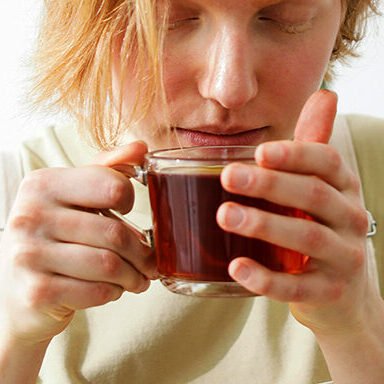
Visual Assessment: Color
- Clarity and Brightness: The process begins by examining the tea’s liquor against natural light. A high-quality tea should appear clear and bright, without any cloudiness or sediment.
- Evaluation Tools: To assess color accurately, professional tasters use white porcelain cups. This helps highlight the liquor’s true hues, from the golden amber of a Darjeeling to the deeper copper tones of an Assam.
Olfactory Assessment: Aroma
- Tasting Technique: Evaluating the aroma involves taking short, quick sniffs. This approach helps prevent olfactory fatigue, which can occur during sessions with multiple tastings.
- Scent Profile: The tea’s fragrance reveals details about its processing. For instance, CTC (Crush, Tear, Curl) teas often present stronger, more direct aromas than orthodox varieties.
- Detecting Nuances: Cupping specialists hold the cup close and inhale gently. This allows them to detect subtle notes that can indicate the tea’s freshness or potential staleness.
Gustatory Assessment: Flavor and Mouthfeel
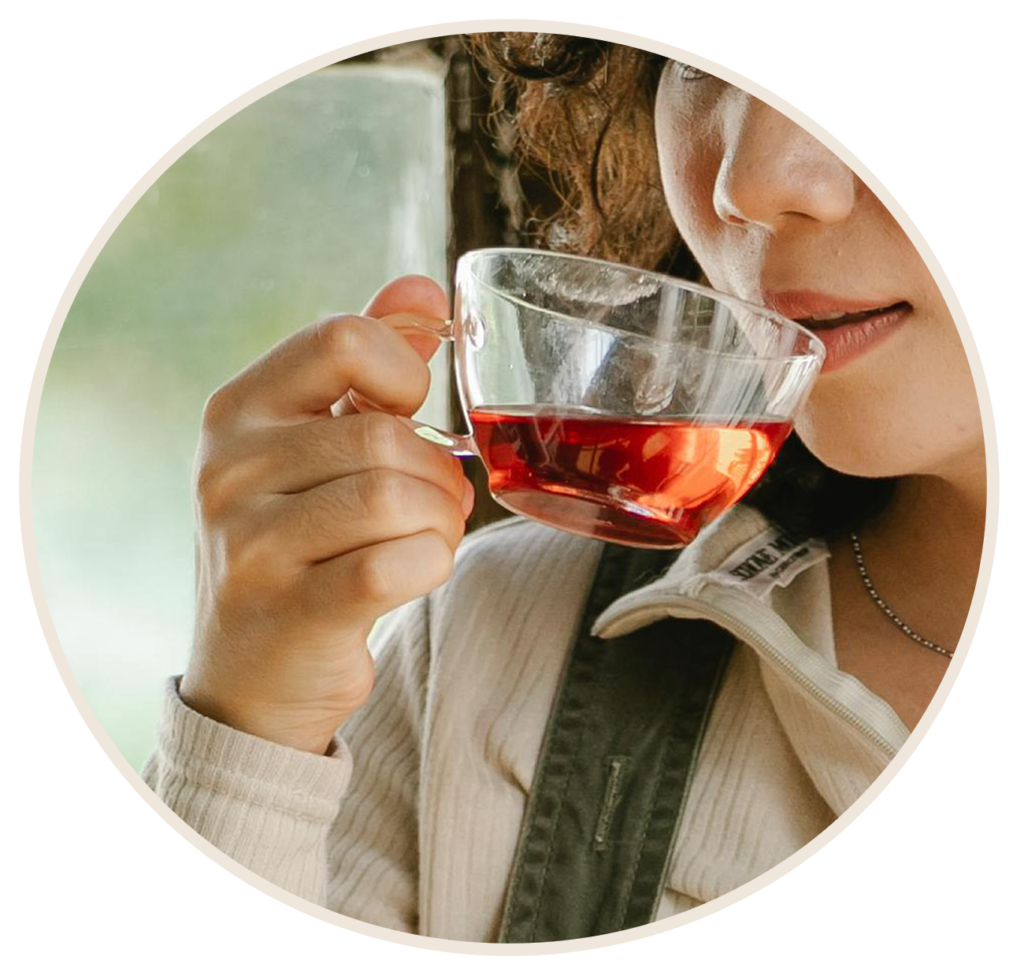
- Flavor Technique: A key step is to slurp the tea so it spreads across the entire tongue. This technique, also used in wine tasting, ensures all taste receptors are engaged.
- Taste Components: Tasters identify the balance between core tastes like sweetness, sourness, bitterness, and umami, which varies significantly among tea types.
- Mouthfeel: This describes the physical sensation of the tea in the mouth. Common descriptors include “brisk,” “smooth,” “thick,” or “astringent.”
- Body: An assessment of the body determines if the tea feels light, medium, or full in the mouth, comparable to evaluating the weight of wine.
- Astringency and Pungency: Astringency is the drying feeling on the tongue, which should be in balance with other flavors. Pungency is a stimulating quality on the palate, often seen as a positive attribute in many black tea grades.
- Aftertaste: The duration of the aftertaste is an indicator of quality. Superior teas leave a pleasant flavor that lingers long after swallowing.
Professional Tasting Practices
- Temperature Control: Perception is greatly affected by temperature. Most black teas are evaluated between 190-212°F (87-100°C) to achieve optimal flavor release.
- Maintaining Sensitivity: During extensive grading sessions with many samples, professional tasters often spit out the tea after evaluation to keep their palate sensitive.
- Scoring: The evaluation commonly concludes with tasting notes that include numerical scores for each attribute, creating a detailed profile of the tea.
Specifics in Tea Grading and Quality
Tea grading systems go deeper than basic categories, with specific markers like “tips” and “pekoe” signaling superior quality. Different tea types follow unique standards, from the ISO guidelines used by professionals to traditional Chinese methods that have shaped tea assessment for centuries.
The Significance of “Tips” and “Pekoe”
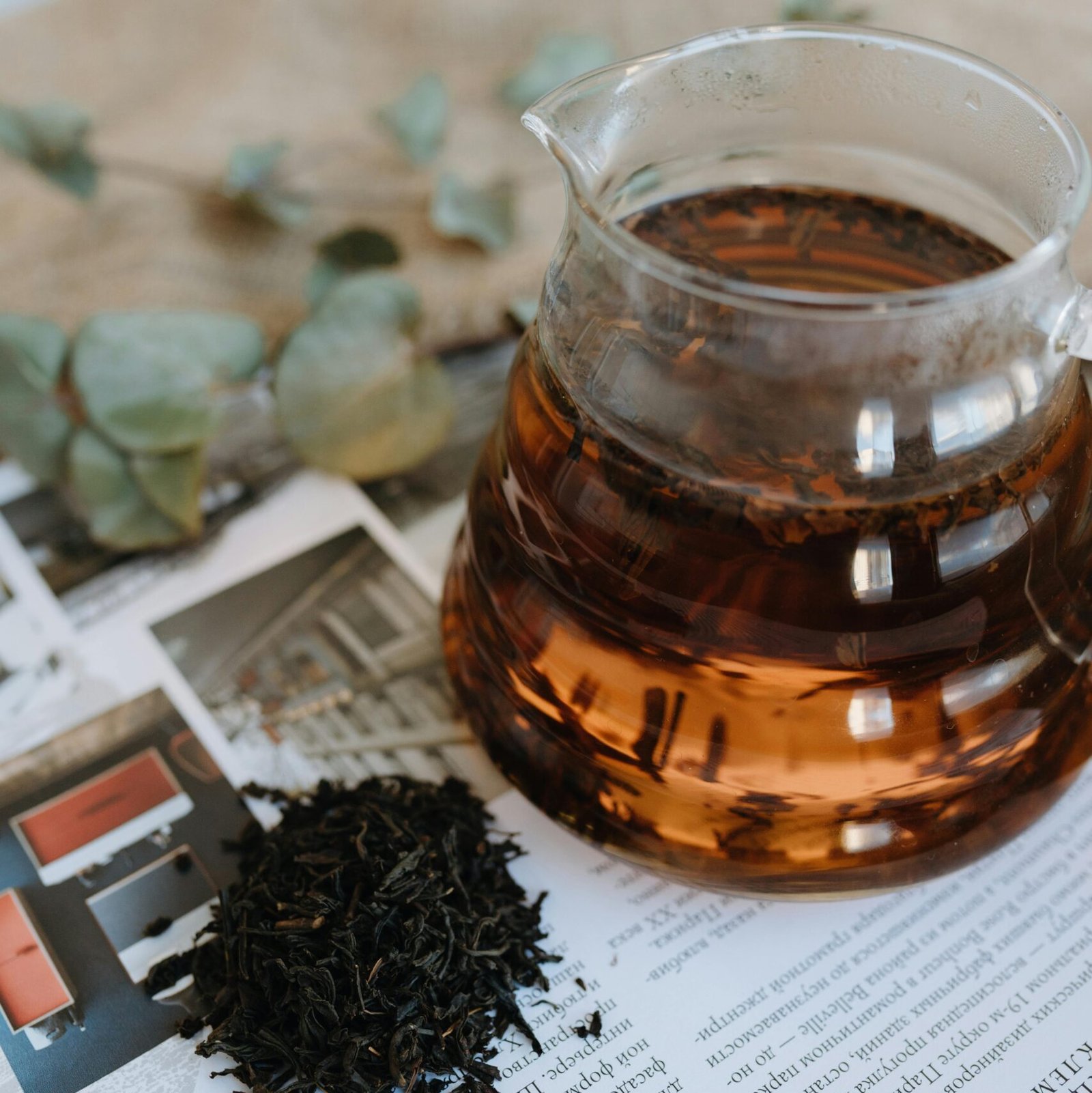
Tips in tea grading refer to the tender young leaves that signal higher quality in your cup. These small, delicate parts contain more flavor compounds and often appear as silvery or golden buds in premium teas.
Tea experts value these tips because they produce lighter, more complex flavors than mature leaves. The presence of tips directly impacts a tea’s grade, with “Tippy” varieties commanding higher prices in the market.
Pekoe serves as a key classification term based on leaf size and quality standards. This word likely comes from Chinese origins, either from the Amoy dialect or a term meaning “white flower.” Many people connect “Orange Pekoe” with the Dutch House of Orange-Nassau, who traded tea through the East India Company.
Others link it to the copper-orange color of properly oxidized leaves. Grading systems use terms like “Flowery” and “Tippy” alongside Pekoe to indicate buds in the final product, helping buyers identify premium selections without tasting them first.
Role of ISO Standards in Professional Tasting
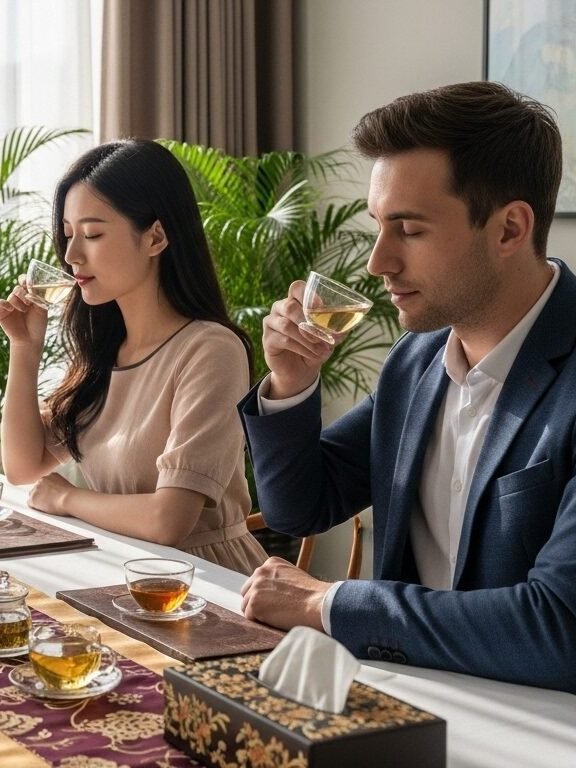
ISO 3103 brings science to tea tasting by setting clear rules for brewing. Tea experts follow this standard to judge teas fairly, using exactly 2 grams of tea per 100 milliliters of water at 100°C for 6 minutes.
This method cuts through personal bias and creates a level playing field for comparing different tea grades. Professional tea makers and buyers rely on these guidelines to speak the same language about quality.
Many tea companies use these standards in their labs to test each batch consistently. The uniform approach helps them spot differences between tea leaf grades from various regions like Sri Lanka or China.
While some critics say ISO methods miss cultural brewing styles, the system still serves as a vital benchmark in the tea production world. The guidelines help ensure that terms like “orange pekoe” or “pekoe tea” mean the same thing to everyone in the global tea market.
Grading Variations in Different Tea Types (Beyond Black Tea)
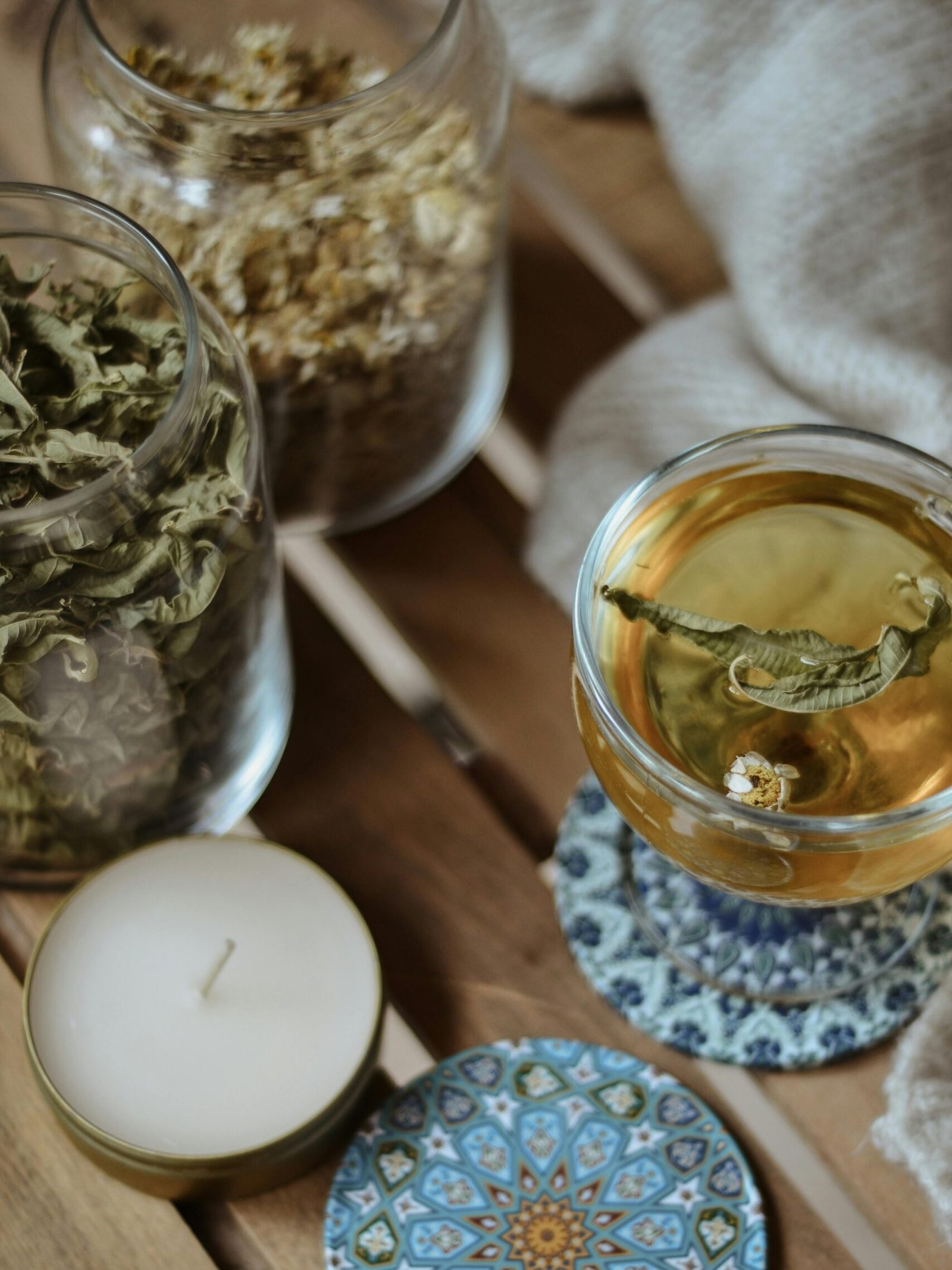
Tea grading extends far beyond black tea, with each tea type following distinct systems based on regional traditions. Chinese teas use a numerical scale where #1 marks the highest quality, often seen in premium white tea and green tea varieties.
Japanese teas focus on harvest timing and plant parts, with matcha, sencha, and gyokuro graded by their processing methods and leaf quality. The size of the leaf plays a smaller role in these systems compared to orthodox black tea grading.
Different tea-producing regions have created unique standards that reflect local values. Matcha grades depend on stone-grinding fineness and theanine content rather than leaf size.
Green tea grades often highlight the two leaves and a bud ratio, while kukicha uses stems and twigs that would rank poorly in black tea systems. Tea grading varies with each tea type, making it essential for tea enthusiasts to learn the specific standards for their preferred varieties.
Chinese Tea Assessment Traditions
While other tea cultures focus on leaf size, Chinese tea assessment follows its own unique path. Chinese tea grading emerged formally in the 1950s with a strong focus on harvest dates and local classifications.
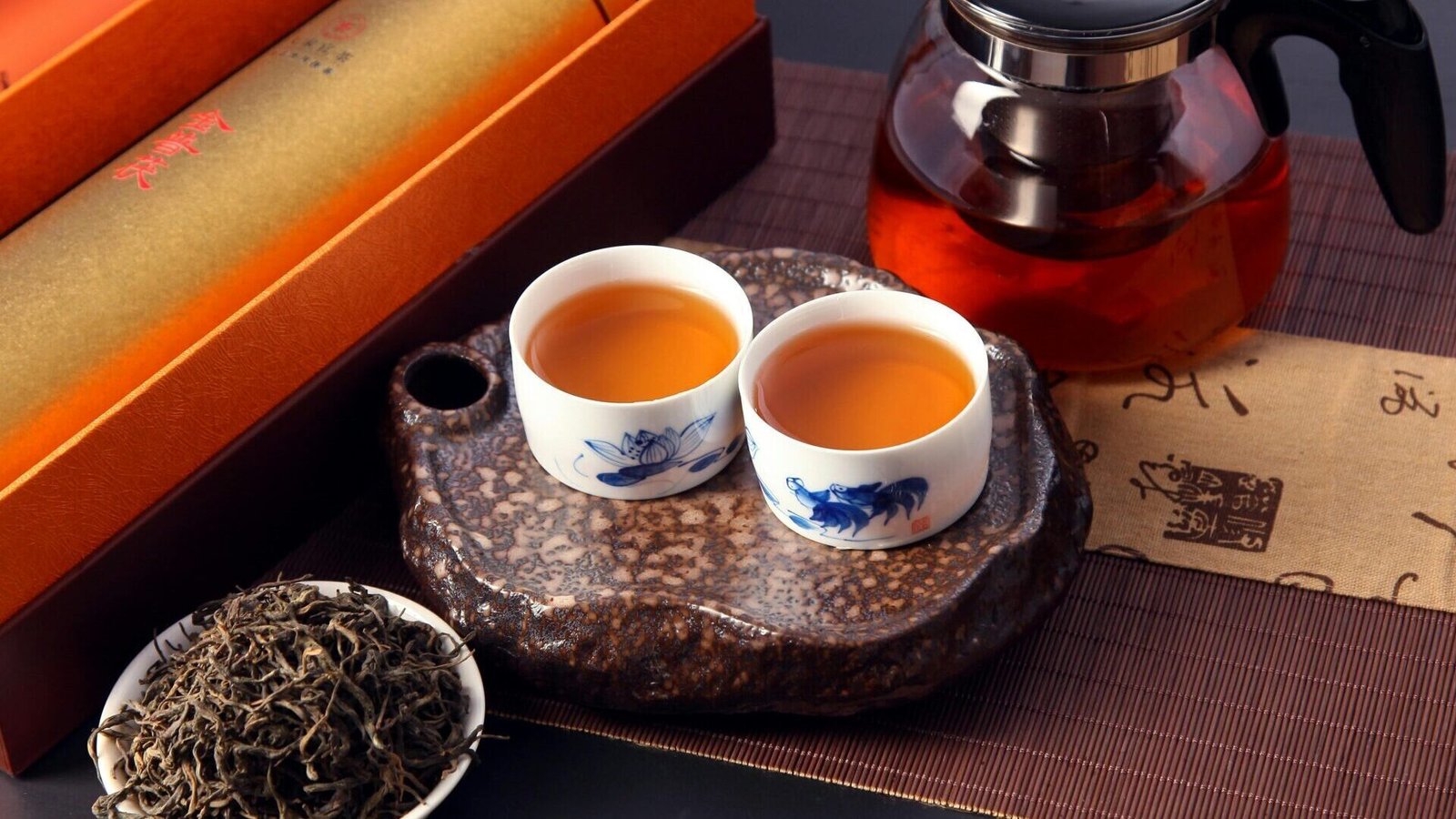
Zhang Qinghai later defined a ten-step process that experts still use today. This system pays special attention to the leaves’ appearance, aroma, and the sensory experience of the brewed tea.
Unlike Western grading that emphasizes leaf size, Chinese traditions value the overall drinking experience and cultural significance.
The Chinese assessment method changed significantly after the Communist victory. Government procurement needs shaped new standards that balanced quality with production goals. Modern Chinese tea evaluation now blends both national standards and local traditions.
Tea masters examine dry leaves with their fingernails and mechanical tools to check quality. They also assess the tea liquor’s color, smell through the olfactory nerve, and taste for acid balance.
This detailed approach reflects China’s deep tea heritage from regions like Xiamen, where tea knowledge has developed over centuries.
Conclusion

Tea grading goes far beyond simple labels on packaging. You now grasp how leaf size, processing methods, and seasonal harvests shape the final cup quality. Professional tasters assess dry leaves, wet leaves, and brewed liquor through careful steps that reveal a tea’s true character.
Next time you select tea, look beyond marketing terms to consider origin, harvest season, and processing technique. The journey from tea bush to cup involves countless decisions that affect flavor, and your newfound knowledge transforms you from casual drinker to informed tea enthusiast.
FAQs
1. What does “orange pekoe” mean in tea grading?
The term orange pekoe refers to a medium-grade black tea consisting of whole leaves. Contrary to what many think, it has nothing to do with the fruit orange or flavor. The name likely came from the Dutch East India Company when they first brought tea to Europe.
2. How is the grading system for tea designed?
The tea grading system is based mainly on the size of the tea leaf. Larger pieces often indicate higher quality in many traditions. This system helps buyers know what to expect from their purchase.
3. What is the highest grade of tea?
The highest grade of tea varies by region, but in many systems, whole leaf teas with minimal processing receive top marks. Chinese tea known for its delicate processing methods often ranks among the best tea available worldwide.
4. How can I tell different grades of tea apart?
You can identify different grades by looking at the leaves in the tea. Whole, unbroken leaves typically indicate higher quality than smaller, broken pieces. Your sense of smell also helps, as better grades often have stronger aromas.
5. Why are some teas labeled with “CTC”?
CTC stands for “Crush, Tear, Curl,” which describes how these leaves are processed. This production method creates smaller tea particles that brew quickly and strongly, making them perfect for breakfast blends or teas served with milk.
6. Does tea grading affect taste?
Yes. Tea grading directly impacts flavor, strength, and brewing time. Leaves with a high grade often deliver more complex flavors and can be steeped multiple times. Lower grades may offer stronger but less nuanced tastes, suitable for adding milk or sweeteners.
References
- https://jyyna.co.uk/tea-leaf-grading/
- https://theteatimeshop.com/blogs/tea-time-talk-blog/grading-tea-leaves?srsltid=AfmBOorYzynWbJ0p0FYLX05jdY1tjGsJ0qlCO_DAs7hy95b7TkxXT_0W
- https://www.herbsandkettles.com/blogs/blog/a-guide-to-the-tea-grading-system?srsltid=AfmBOoql1d3wpg8MN-loyWsPmpzbEAOLRCzMmpdWWugN6k6-SLYU–1A
- https://teamatica.ca/blogs/all-about-tea-blog/breaking-down-the-black-tea-grading-system?srsltid=AfmBOoo2yZoX-kiJ5BTh0VqNezI1tQBVAyB1oZGoKQ6KY-9JdWWYlMB5
- https://www.herbsandkettles.com/blogs/blog/a-guide-to-the-tea-grading-system?srsltid=AfmBOoojEVeu0ukOQByW-Y55wzB5qXcv8gXZHT87z96NYz_v5D-iuPiN
- https://www.herbsandkettles.com/blogs/blog/a-guide-to-the-tea-grading-system?srsltid=AfmBOorpG6lFdO7JXCodOv0oKhfisNzPL64Skbs-DD-_R48j9TrPlPRP
- https://teakruthi.com/blogs/tea-break/what-are-the-tea-grades-for-black-tea-and-what-do-they-mean?srsltid=AfmBOorY8IGXGmSO7rDTHVRrhbjKDD6aNb4rTXVVwFOZxnB_4u46NySx (2017-06-16)
- https://pathofcha.com/blogs/all-about-tea/tasting-tea-like-a-pro-a-detailed-guide?srsltid=AfmBOorRJJK1xqeewJJSLRccZDJwHeb0uIn7rGvBPSWhYxgA90NdFzuY
- https://www.discoveringtea.com/2017/07/28/analyzing-the-wet-leaves/ (2017-07-28)
- https://www.typsy.com/lessons/wet-tea-leaf-evaluation
- https://pathofcha.com/blogs/all-about-tea/tasting-tea-like-a-pro-a-detailed-guide?srsltid=AfmBOorARfTu_uG0mXRBBTf-aN5q4RLGG_mgK0_2xePl_lKLM_mJdtPU
- https://theorganicteaproject.com/blogs/journal?srsltid=AfmBOoowvRCetW4O0msplpevJapMESvVtGQYdh5BVgQTpgFWJIXvn5YH
- https://utoronto.scholaris.ca/server/api/core/bitstreams/5a520a89-7cf3-4821-9a0d-c19fef270f8e/content
- https://jyyna.co.uk/iso-3103/
- https://www.yangteataiwan.com/post/iso-3103-standard-teatasting (2025-02-13)
- https://artfultea.com/blogs/101/types-of-tea-a-comprehensive-guide?srsltid=AfmBOoq9ak4veN7Us75q3CxzRX947kY7xjHmDu6-oKCvNH1sFYbgxKEe
- https://onerivertea.com/blogs/one-river-tea/chinese-tea-tasting-guide?srsltid=AfmBOooK4Ne1oYF2X5_mqMta4iqgbe6DusSQW7OgkYcXrwf6_rZSczxC


